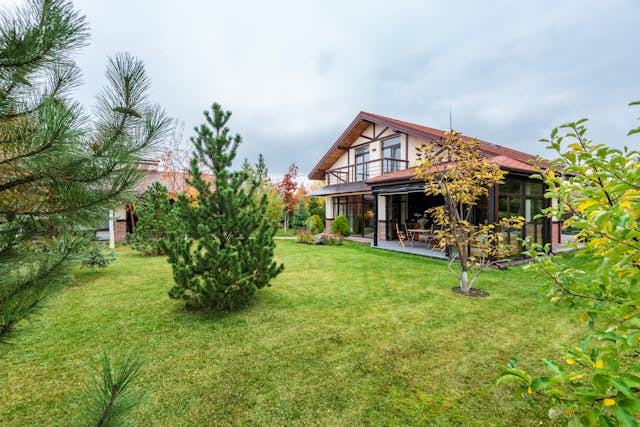Creating balance in your living space is essential for a harmonious and relaxing home. A balanced room not only looks visually appealing but also feels comfortable and inviting, making it a space where you and your guests want to spend time. Here are some effective tips to achieve balance in your home and create an environment that feels calm and cohesive.
1. Start with Symmetry for Visual Balance
Symmetry brings a sense of order to a room. By arranging furniture and decor in symmetrical patterns, you create a feeling of stability and harmony. Try pairing items, like matching end tables on either side of a sofa or twin lamps on a console table, for instant balance. While exact symmetry isn’t necessary, having items that mirror each other across a central point gives the room a well-organized look.
2. Balance with Color and Patterns
Color has a strong impact on the energy of a room, and using it thoughtfully can create a balanced environment. Neutral or earthy tones like beiges, whites, and grays provide a harmonious foundation that can easily be complemented with pops of color. To add contrast without overpowering the space, try using accent colors in accessories, like throw pillows or 5 by 10 rugs. Similarly, when incorporating patterns, balance is key. For example, if you have a bold patterned sofa, keep other elements more subdued to avoid overwhelming the space.
3. Incorporate Proportional Furniture and Decor
The scale and proportion of furniture are critical in achieving balance. Oversized furniture in a small room can make the space feel cramped, while small furniture in a large room can feel lost. Select furniture that fits the room size and layout, leaving enough space for movement. Use area rugs to anchor furniture groups in open spaces, which helps define each area and create visual balance. Additionally, consider mixing large and small decor pieces. A blend of different sizes adds visual interest and creates a sense of balance across the room.
4. Add Natural Elements for a Calming Effect
Natural materials and plants introduce a soothing, balanced element into any room, adding warmth and an organic touch that promotes relaxation. Wooden furniture, woven baskets, and stone or ceramic accents lend a grounding quality that connects your living space to nature, creating a sense of harmony. Indoor plants, like snake plants, succulents, or philodendrons, bring life, vibrancy, and freshness to a room, as well as improving air quality. Placing a few plants in different parts of the room, or arranging them in a balanced cluster, adds both visual interest and tranquility, making the space feel calm and inviting.
5. Consider the Flow and Function of the Space
A harmonious room isn’t just about looks—it’s also about functionality. Arrange furniture to create a smooth flow through the space, considering the paths people will take when walking through the room. The main seating should focus on a focal point in living areas, like a fireplace, TV, or a beautiful view. This arrangement not only makes the space more functional but also brings a balanced focal point that visually centers the room.
6. Use Layered Lighting
Good lighting is crucial in establishing a balanced atmosphere. Aim to have a combination of ambient, task, and accent lighting for a layered effect. Ambient lighting provides general illumination, task lighting is perfect for specific activities like reading, and accent lighting highlights features or decor. Using multiple light sources at different levels allows you to adjust the lighting for various activities, contributing to a more harmonious feel.
7. Keep Clutter to a Minimum
Lastly, keeping clutter in check is essential for a balanced, peaceful home. Too many items can make a space feel chaotic and visually overwhelming. Stick to a few carefully chosen decor pieces, and organize belongings in storage areas like cabinets or baskets. A clutter-free room feels open and allows you to focus on the carefully curated elements that enhance the space’s harmony.
Creating balance in your living space is about thoughtful design choices that prioritize both aesthetics and functionality. You can transform any room into a harmonious, inviting retreat by considering symmetry, color, natural elements, and flow.

